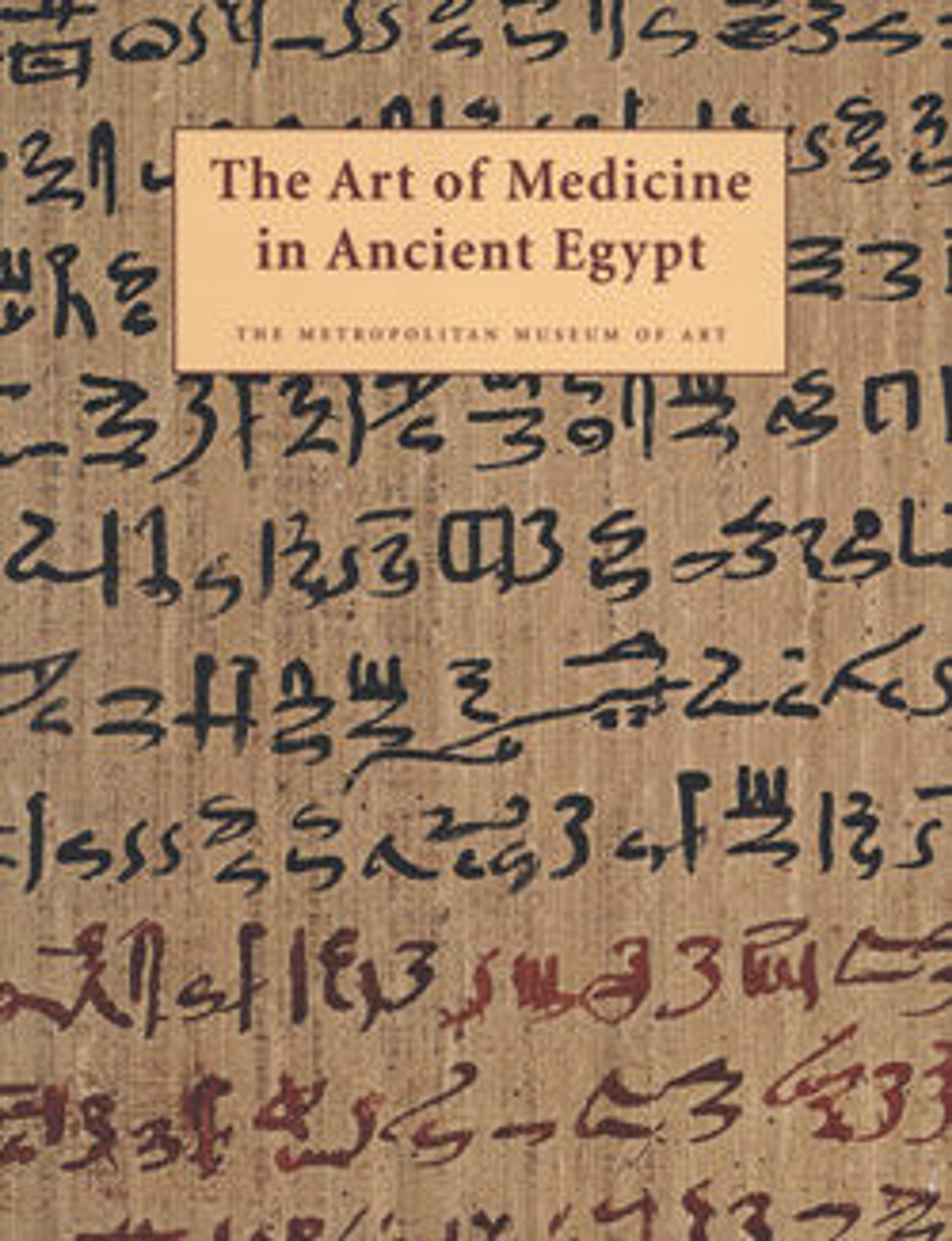Stela of the God Bes
Bes waves a knife in one hand and in the other grasps a snake, whose long tail curls up toward a round shape, probably the god's tambourine. A hole remains where a large erect phallus would have been inserted. Considerable traces of paint remain; the characteristic lines on the god's face and curls on his beard may have been added in paint.
A few limestone reliefs and terracottas of this type exist. One in Amsterdam comes from the "Bes Chambers" excavated in the Anubeion at Saqqara. The Bes chambers were decorated with large terracotta wall reliefs of Bes with a large phallus and accompanied by a smaller female figure. They are theorized to have been places where pilgrims came to stay and sleep in order to receive divinely inspired dreams, a practice known as "incubation," propheseying fecundity. This relief could have functioned in such a place, or it could have had the same beneficial effect in a less specialized context.
A few limestone reliefs and terracottas of this type exist. One in Amsterdam comes from the "Bes Chambers" excavated in the Anubeion at Saqqara. The Bes chambers were decorated with large terracotta wall reliefs of Bes with a large phallus and accompanied by a smaller female figure. They are theorized to have been places where pilgrims came to stay and sleep in order to receive divinely inspired dreams, a practice known as "incubation," propheseying fecundity. This relief could have functioned in such a place, or it could have had the same beneficial effect in a less specialized context.
Artwork Details
- Title: Stela of the God Bes
- Period: Ptolemaic or Roman Period
- Date: 4th century B.C.–A.D. 1st century
- Geography: From Egypt
- Medium: Limestone, paint
- Dimensions: H. 38.7 cm (15 /14 in); w. 17.7 cm (6 15/16 in)
- Credit Line: Rogers Fund, 1922
- Object Number: 22.2.23
- Curatorial Department: Egyptian Art
More Artwork
Research Resources
The Met provides unparalleled resources for research and welcomes an international community of students and scholars. The Met's Open Access API is where creators and researchers can connect to the The Met collection. Open Access data and public domain images are available for unrestricted commercial and noncommercial use without permission or fee.
To request images under copyright and other restrictions, please use this Image Request form.
Feedback
We continue to research and examine historical and cultural context for objects in The Met collection. If you have comments or questions about this object record, please complete and submit this form. The Museum looks forward to receiving your comments.
